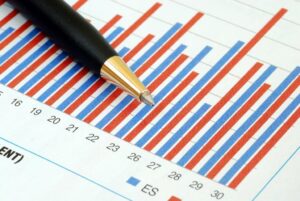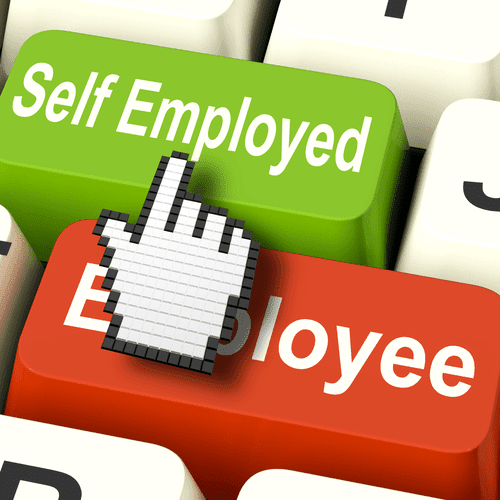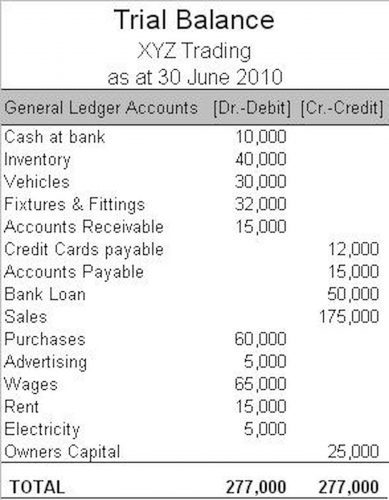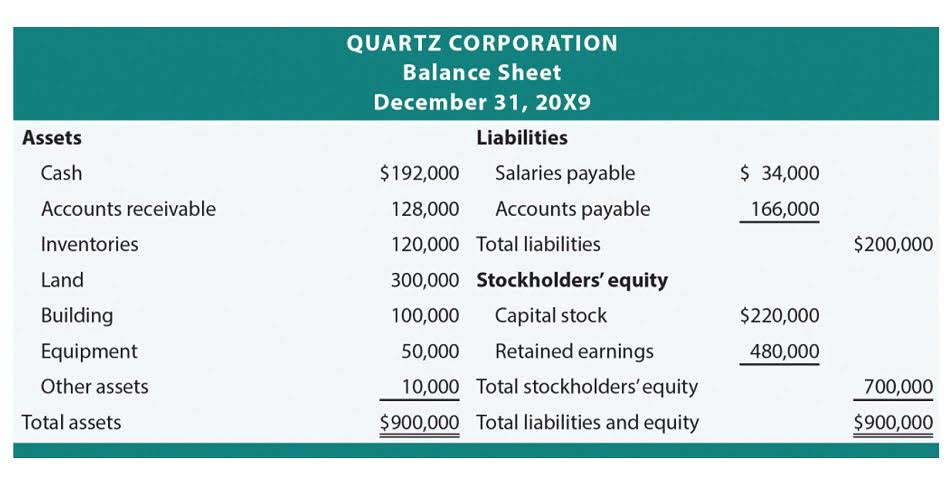
You display a costed multilevel Bill of Materials (BOM) on the left side of the cost estimate screen. You can also view a costed multilevel BOM separately with Transaction CK86_99. The cost component split refers to the combination of cost components that comprise the total cost of a material. For example, suppose you need to view three cost components— material, labor, and overhead —for your reporting requirements.
Professional Services Resource Management 101: Everything You Need to Know
This will help you measure the effectiveness and efficiency of your cost control methods and best practices, and identify any lessons learned or best practices for future projects or business. You can use tools such as a cost benefit analysis, a post-project review, or a return on investment analysis to review and evaluate the costs of your project or business. Cost control is the company process of lowering business expenses in the hopes of raising profits. Businesses manage costs by setting budgets, forecasting expenses down the road, and comparing actual costs to those they anticipated during the financial planning stage. Both cost control and cost management deal with monitoring and optimizing expenses, so it’s no surprise that these terms are often confused. The main goal of cost control is to ensure the company’s expenses stay within the budget, increase profits, and highlight areas that require corrective action.
The Complete Guide to Expense Reporting

Cost control software plays a vital role in helping organizations effectively manage and optimize their expenses. Cost variance is a key performance indicator that measures the difference between the actual cost of a project, process, or activity and the planned or budgeted cost. It helps evaluate cost management effectiveness by identifying if the actual costs are over or under the budgeted amounts. An effective cost control process begins with creating fixed assets an expertly done budgeting process that outlines the expenses that can occur and the projection of revenues for that time period.
- By integrating these components into your cost control system, you can establish a structured framework to monitor and manage costs effectively.
- Enterprise Resource Planning (ERP) systems integrate business functions, offering real-time data on expenditures and operational performance.
- It's a complementary technique often used in conjunction with other estimation methods.
- In the hospitality industry, cost control is implemented by optimizing expenses related to food and beverage, labor, and energy consumption.
- Businesses can foster their long-term growth and success by using their cost management skills.
- Ensure that the team has the necessary skills, knowledge, and tools to perform the cost control tasks.
Resource Management
Independent requirements, created by sales orders or manually planned independent requirement entries in demand management, determine lower-level dependent material requirements. The costing type determines if the cost estimate can update the standard price. A costing run is a collective processing of cost estimates, which you maintain with Transaction CK40N.

What Is the Business Definition of a Patent?
- Therefore, cost control is essential to ensure that you’re not spending too much, minimizing costs and revealing areas in the project where costs are spiking so they can be controlled.
- The routing supplies a sequence of operations describing how to carry out work steps.An operation refers to a work center where it is to be performed.
- This might include renegotiating contracts, optimizing processes, or exploring alternative suppliers to address specific cost drivers.
- Cost control measures help prevent unexpected financial strain by keeping expenses in check.
- These settings are also delivered with scope item 3F0 and have been available since SAP S/4HANA 2023.
- For each task or process, a project manager should decide on key performance indicators.
- The fourth step is to implement and monitor the cost control system in the organization.
We examine logistics master data, including bills of materials (BOMs), routings shown in Figure 4, product cost collectors, and purchasing info records. Define the scope, objectives, and budget of the cost control system, and align them with the strategic goals and vision of the business. The examples of successful cost control systems in various sectors, such as manufacturing, construction, hospitality, and healthcare. The main components of a cost control system, such as budgeting, forecasting, accounting, reporting, and auditing. The benefits of cost control for different stakeholders, such as owners, managers, employees, customers, and society.
But how do you control company spend across your entire workforce and optimize every transaction? Finance teams need a strategic plan, compliance guardrails, trusted supplier relations, and, crucially, the right tools in their tech stack. By optimizing energy use, businesses can reduce operating costs while also promoting sustainability. Some cost control initiatives, such as employee training or new cloud-based procurement software, require an upfront investment. Solutions that can save you money in the long run might be even more expensive than what you currently use.
For instance, you may discover that you are overspending on raw materials or that certain operational inefficiencies are driving up your costs. Standard costing compares actual costs to predetermined standards based on historical data, Financial Forecasting For Startups industry benchmarks, or management expectations. By establishing standard costs for materials, labor, and overhead, companies can identify variances and investigate their causes. For instance, higher-than-expected labor costs might indicate inefficiencies or increased wages. This method highlights areas needing improvement, supports accurate inventory valuation, and ensures compliance with GAAP and IFRS, which require precise production cost reporting. Standard costing also aids in pricing and profitability analysis by providing insights into cost structures.
Cost Control: A Key to Sustainable Budgeting

By recognizing these costs, you can anticipate and plan for them, ensuring that your budget is aligned with your growth objectives. For example, cost controlling if you operate a manufacturing company, you may need to invest in additional machinery or hire more staff to meet increased demand. By factoring in these step costs, you can avoid unexpected expenses that could strain your finances. Engaging employees in cost-saving initiatives can be a valuable strategy for effective cost management. By involving your workforce in the process, you can tap into their knowledge and expertise to identify areas for improvement and cost reduction.

- For example, many businesses outsource specific departments or business operations to foreign contractors to take advantage of cheaper labour.
- If the consultant's strategies result in a $1 million revenue increase, the consultant may charge a fee based on a percentage of the revenue increase, say 10%, which would be $100,000.
- The first step in effective cost control is understanding where your money is going.
- Cost control is a fundamental aspect of business management, pivotal in ensuring a company's financial success and sustaining profitability.
- Using the cost control process, business owners can identify and manage their business costs with the ultimate purpose of reducing operating expenses.
Management teams conduct regular reviews of these reports, discussing variances and evaluating the effectiveness of implemented cost control measures. This continuous oversight ensures cost management remains a proactive and adaptive component of the organization’s financial strategy. Effective cost control management helps identify areas of excessive spending, inefficiencies, and waste.
